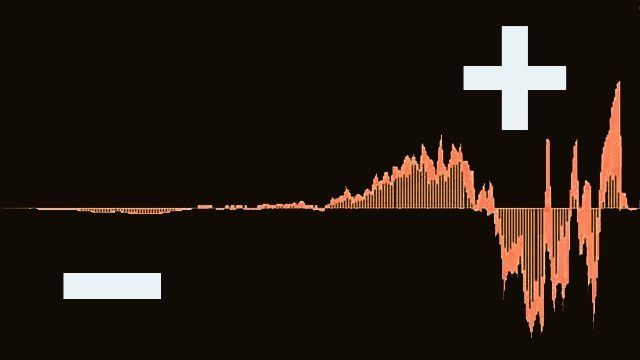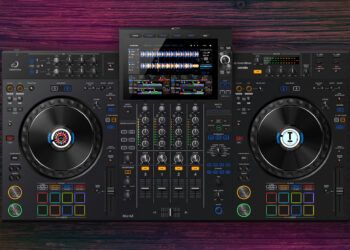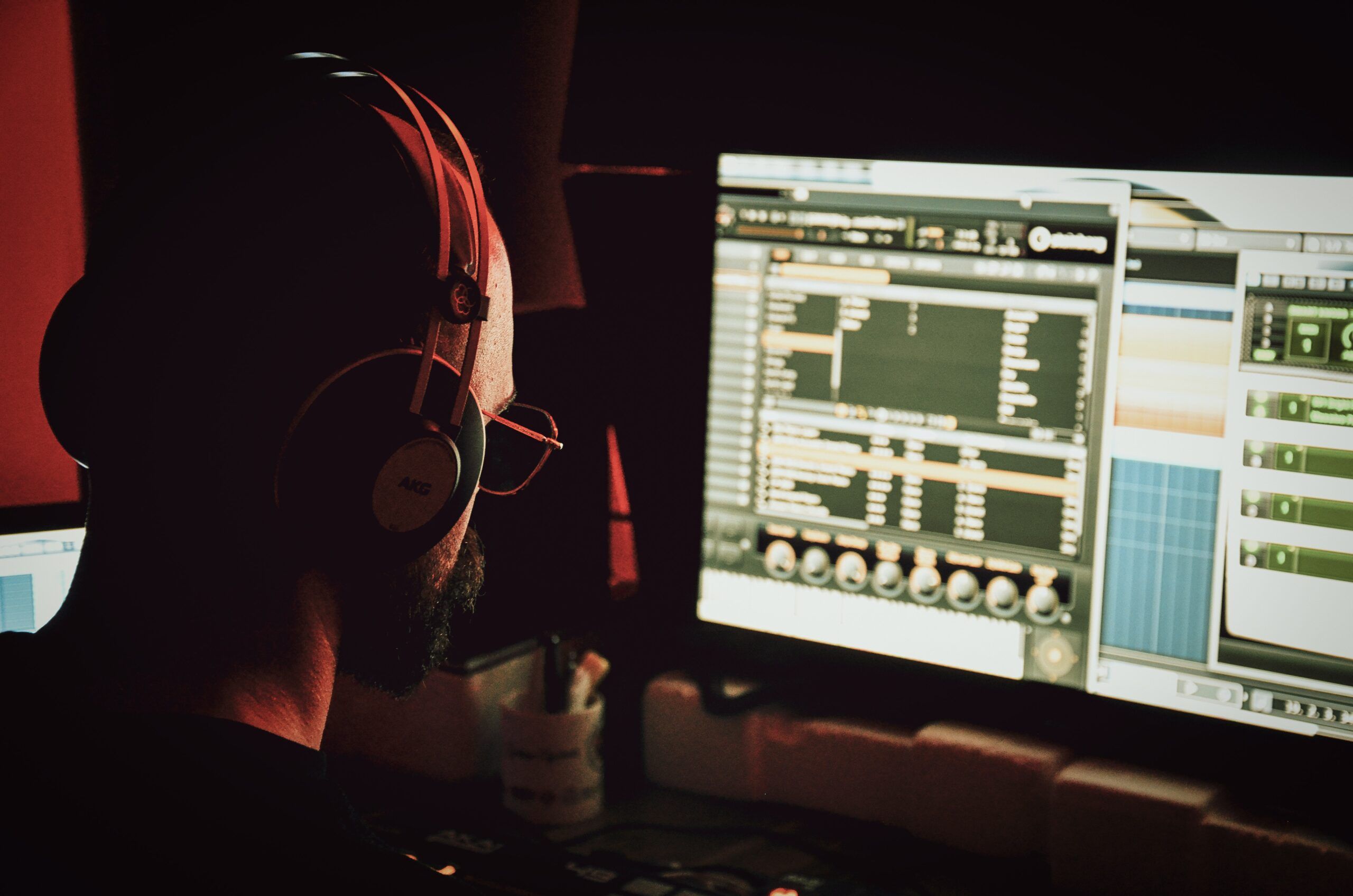With the emergence of Sync, the DJs workload dropped by at least 50% – freeing up a lot of time to do other things. “Great!” everyone exclaims, “That means DJs can do other more valuable things!” Well what are those things? At times, digital DJs seem to feel the need to do a lot of things when sometimes less is more. Here are 5 examples of ways DJs can add value, and 5 ways they could end up taking it away.
TAKE AWAY

Here are just five of the ways in which digital DJs try to do more, but end up taking away from the mix. Remember, just because you can do something does not mean you should!
Over-Complicate The Mix
![]()
With sync and hyper-accurate tempo tracking, it is now very easy to create endless mixes that never float or fall out of time. Just because you can mix two tracks for 4 minutes does not mean its a good idea. Often mixing for too long can confuse the audience and actually not let the music work on its own.
Tip: Sometimes the very best mix is to blend at the end. Letting the energy come down and back up again between mixes can be a good thing. Try checking out my classic DJTT video on five simple ways to mix tracks together.
Interrupt The Flow
![]()
I have to plead guilty on this one, having only discovered it after listening back to my live shows. Beat repeat (or Beatmasher in Traktor-land) is a lot of fun, but on stage it can really throw off the dancers!
Tip: Beatmasher can be used more subtly in the following way: Reduce wet dry to 50% and use the Beatmasher on a backing loop or acapella – not the main rhythmic song.
End The Track Too Early
![]()
This one also goes out to me and my fellow ADHD DJs. Digital DJing means we can mix songs at warp speed, blowing through tracks in seconds without breaking a sweat! The problem is, your musical tolerance for tracks is much lower than the audience because they have not heard the song 100 times yet.
Tip: Let the song play out longer than you would want and give the dancers a chance to find the groove.
Over-Sample
![]()
With sample decks, remix sets, and cue points at the ready – arcade button-armed DJs can’t help but trigger everything in sight! You might call this condition “Air Horn” Syndrome, which is fairly self-explanatory. No, air horns on every track does not make the mix better.
Tip: Less is more! A single very well-placed sample can be magical – like the Zelda samples in Rustie’s Essential Mix!
Add Too Many Layers
![]()
With four decks and remix decks it’s possible to layer many things on top of each other. The challenge is this: without compression, great EQ, and proper stems this all quickly becomes way too much audio information to decipher. The end result is almost always master clipping and sonic mud. Just because we can mix 2500 parts together concurrently does not make it a good idea.
Tip: The low end is the frequency spectrum with little room for new visitors. Think of it like a small bathroom – someone has to leave before another person can use the loo. Unless you are using true stems or stripped down parts, it’s generally advisable to not have multiple kicks playing together because they can cancel each other out.
ADD VALUE

Bridge the Mix
![]()
When many DJs see four decks, they think of four songs, but it’s rarely the case that four songs will actually work well together. Instead, think about using those extra decks as auxiliary drummers that can continually play over your entire mix, creating continuity and a common bridge between songs. This will really help build out those dull moments between mixes and give the entire session a consistent feel.
Try using: congas, high hats, rides, mid or high range rhythmic material.
Avoid: Repetitious short loops and full drum tracks with kicks and low end.
A real example: Richie Hawtin is one of the best in the world at this technique. He uses four decks constantly along with Maschine (via Ableton Live) on top to create a very steady, even groove.
Richie Hawtin – Live @ Minus Showcase, Culture Box (Copenhagen) – 24.08.2013 by Livesets.At on Mixcloud
Dive in Deeper: Try combining traktor with Ableton or learn to use Traktor’s Remix Decks this way
Provide New Context
![]()
A DJ’s greatest value add is to recontextualize music in real time, providing a fresh experience on something your audience already knows. That’s something a producer can’t do, and will always pay rich dividends. The nuts and bolts of this is finding harmonically-compatible mixes that compliment each other and create something new and fresh from the combination. These are short, exciting moments where two songs become one together.
Advice: Good to plan these things in advance and always know when the best drop point is.
Try using: Breakdowns are the best opportunity to pop in a complimentary track.
Avoid: Trying to pull off a 3-minute mashup between two tracks. This usually ends up in muddy sounds and is best done in the studio.
Here is a real example: Listen in at 22:30 when I drop a classic house track. This is the full song and it compliments the newer booty track really nicely. Add a few beat-repeat filters and you have a instant money remix that plays differently every time.
Dive In Deeper: Explore mixing songs at various tempos.
Dynamic Remix
![]()
With a few cue points, some effects, and a little musical dexterity, you can take almost any sound source and turn your decks into endless musical expression. By sprinkling a little sugar on the mix, you can make the entire thing sound much sweeter. This is particularly nice when the instruments play a bridge between songs providing musical tension and release. Be careful though! Endless noodling and jamming will end up making things just as sour.
Try using: Quantize to make sure the down beats are always spot on.
Avoid: Extended freestyle cue point juggles – unless your timing is really good.
Here is a real example: listen in @ 16:41 when a pulsing synth pattern comes in. This is me playing cue points and then sampling/twisting them in real time. The real payoff comes when that same pattern resolves to the key of the next track producing an amazing feeling every time.
Want to know how I created those amazing beat repeat pattern trails? The new “Ean Golden” Cue Master mapping.
Dive In Deeper: Explore playing cue points as instruments.
Raise The Energy
![]()
By understanding your song’s keys and keeping good tabs on them in the browser, you can strategically build mixes that increase the energy harmonically. As a general rule of thumb, it’s a good idea to move up the circle of fifths (and not down) to keep the energy up – but this is an entire world of research on its own.
Try using: Go up 3 steps in the camelot scale – from 3A to 6A as this provides a nice lift!
Avoid: Only mixing by key – sometimes key detection is wrong, and all keyed mixes can tend to get a little flat.
Another real example: Listen what happens from 28:00 – 32:00 as I move up 3 steps in the key and from a very deep song to a lighter mood. This style of mixing provides much needed dynamics in a world of “turn it to 11!”
Dive In Deeper: Read this article on mixing in key and how to get more out of harmonic mixing.
Create A Build-Up / Add Drama
![]()
A producer can’t tell in advance when a crowd is starting to get bored, but you can! The DJ can add a lot of value by introducing build-ups and tension when needed in real time. Digital DJ effects on both mixers and in software are a god-send in this department, with everything being time locked, and able to chained up in many interesting ways.
Try Using: Instead of beatmashers, creative delays and reverbs often provide the best lift while not losing the groove.
Avoid: Really big delays and reverbs (and effects in general) like the T3 reverb easily become too loud and overload the channels so be careful with them.
One more real example: Check out 11:00 of this mix where I use a beat masher (but only on a backing track – not the main track) and combine it with a reverb for a clean build.
Dive In Deeper: Watch this video on advanced effects combos in Traktor (applicable to all software!).
The Bottom Line

My one major piece of advice here (and personal challenge) is to excersise constant DJ restraint. The great horn player Miles Davis, a man who had every right to play a lot of notes, is famous for saying something along the lines of “it’s not about the notes themselves but the space between.” With digital tools, we feel the need and have the ability to do so many things, but very few of them add real value.
Exercise restraint, let the music play, and add things when the mix really needs it – not just when you get bored.
Ean Golden is the founder of DJ TechTools and a worldwide DJ specializing in controllers and new performance technology.
Follow Ean on: Twitter Facebook SoundCloud YouTube










